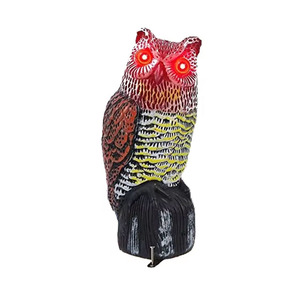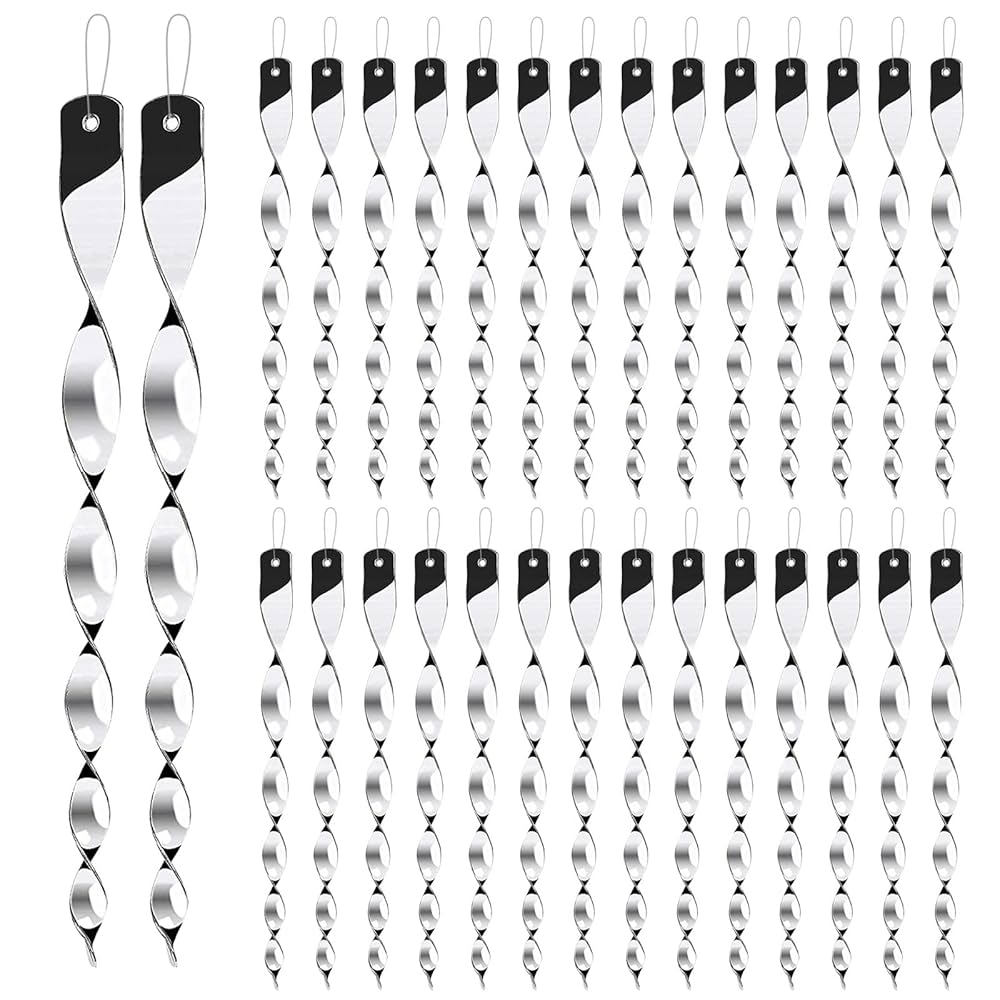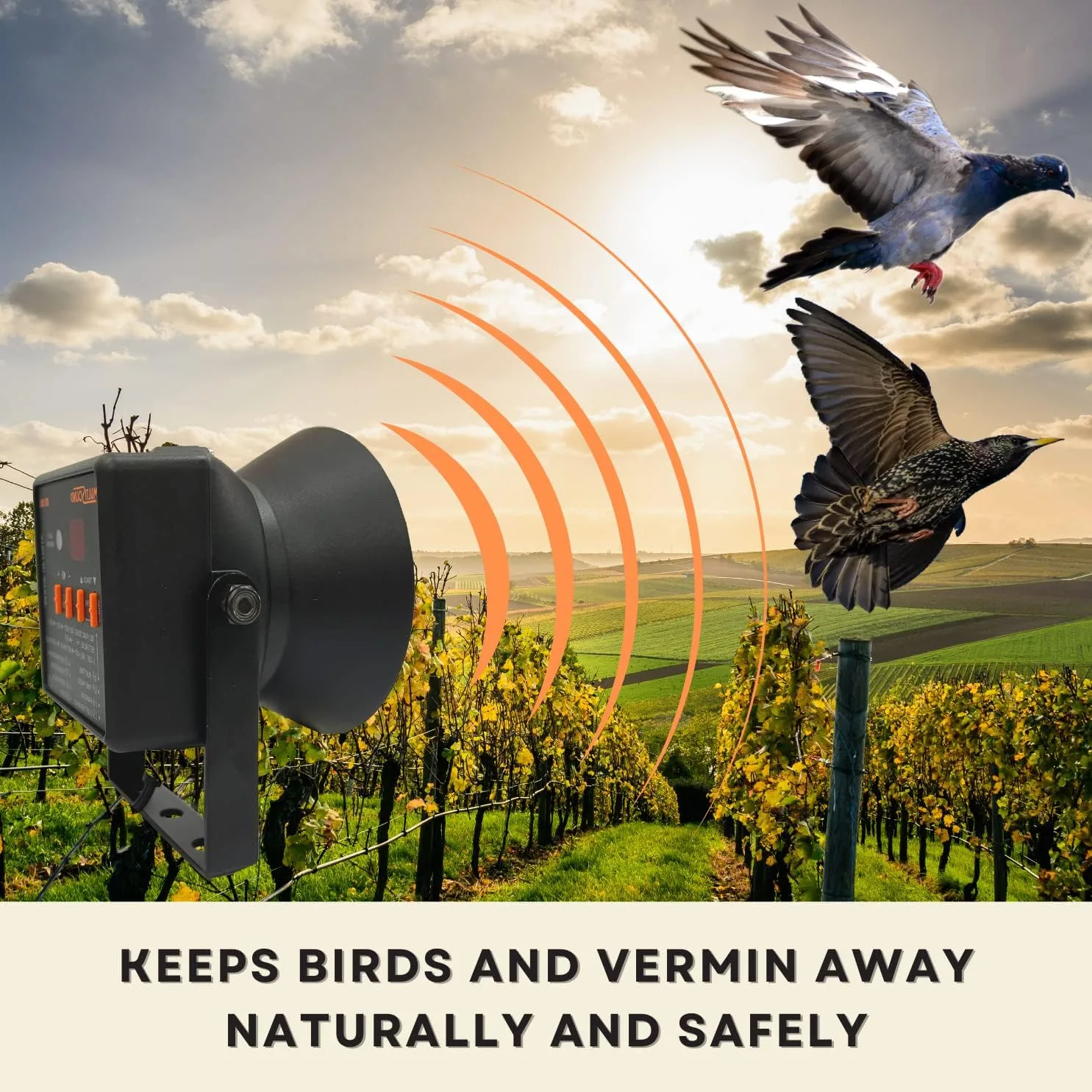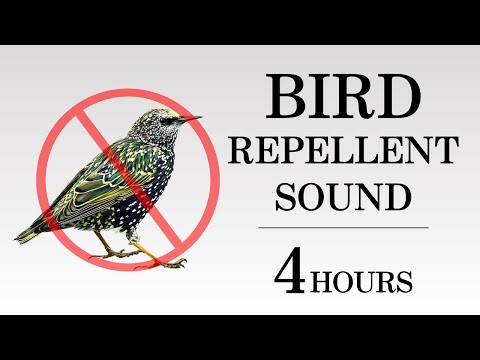Are birds causing trouble around your home or garden? Their constant chirping, droppings, and pecking can be frustrating.
You want a simple, effective way to keep them away without harming them. Noise to scare birds away might be exactly what you need. You’ll discover how specific sounds can protect your space and bring you peace. Keep reading to find out how to use noise smartly and say goodbye to unwanted bird visitors for good.

Credit: www.alibaba.com
Types Of Bird-scaring Noises
Ultrasonic soundsare high-frequency noises birds find uncomfortable. These sounds are inaudible to humansbut can keep birds away from gardens or buildings. They work best for small birds.
Predator callsmimic the sounds of birds’ natural enemies. This tricks birdsinto thinking danger is near. These calls can be recorded or played by special devices.
Loud bangs and explosionscreate sudden noises that startle birds. Fireworks, gas cannons, or crackers can be used. These sounds scare birds from open fields or farms but might disturb neighbors.
Mechanical noise devicesproduce repeated sounds like clapping, buzzing, or rattling. Machines with moving parts create noise that birds dislike. These devices work well in places needing constant bird control.
Effectiveness Of Noise Methods
Noise methods can scare birds away but work best for a short time. Birds often get used to soundsafter hearing them too long. This is called habituation. It means the noise stops being scary or new.
Short bursts of noise may work well at first. Over time, birds learn the noise is harmless. Long-term use needs changing sounds or combining with other methods.
- Bird habituation:Birds ignore repeated noises.
- Varied sounds:Changing noises can delay habituation.
- Target specific species:Some birds react to certain noises more.
| Bird Species | Effective Noise Type | Notes |
|---|---|---|
| Pigeons | Loud bangs, predator calls | Quickly habituate, need variety |
| Seagulls | Sharp whistles, distress calls | Less habituation, more sensitive |
| Crows | Predator sounds, sudden noises | Highly intelligent, fast habituation |
Devices For Creating Noise
Devices that create loud noises can help keep birds away from gardens and farms. Sound machines and alarms produce sudden sounds to scare birds off quickly. These tools are easy to use and effective for bird control.
Electronic bird scarers use sounds to frighten birds away. These devices can mimic predator calls. They work well in gardens and farms. Some devices have settings to change the sounds. This keeps birds from getting used to them. Electronic scarers are usually safe for birds. Gas cannons make loud bangs to scare birds. They are often used in large fields. The sound is like a gunshot, very loud and sudden. Gas cannons work best when moved around. Birds may ignore them if they are always in the same spot. Sonic repellers use high-pitched sounds. These sounds are not pleasant for birds. They can cover large areas and are good for outdoor spaces. Some repellers have different sound levels. This can help keep birds away for longer. Handheld noise makers are easy to use. They create noise to scare birds quickly. People can carry them in gardens or parks. These devices are small and portable. They work well for short periods of time. `Safety And Environmental Impact
Noise pollutioncan disturb more than just birds. Loud sounds may affect nearby people, causing discomfort or stress. It can also interfere with daily activities and sleep.
Non-target wildlife such as small mammals, insects, and other birds may also get scared or confused by loud noises. This can change their natural behavior and harm local ecosystems.
Safety for humans is important too. Sounds that are too loud can cause hearing problems or startle people, leading to accidents. Proper volume levels and timing should be considered.
| Concern | Impact |
|---|---|
| Noise Pollution | Disturbs humans; causes stress and sleep issues |
| Non-Target Wildlife | Scares animals; disrupts ecosystem balance |
| Human Safety | Hearing damage risk; risk of accidents |
Combining Noise With Other Deterrents
Visual scare tacticswork well with noise to frighten birds. Items like shiny tapes, fake owls, or moving flags catch birds’ eyes. These visuals make birds feel unsafe and keep them away.
Physical barriersstop birds from reaching places. Nets, spikes, and wires block their landing spots. These barriers protect gardens and buildings without harming birds.
Habitat modificationmeans changing the area so birds don’t want to stay. Removing food sources, water, and shelter makes the place less attractive. Clean up fallen fruits, cover water, and trim trees to reduce bird visits.

Credit: www.amazon.ca
Best Practices For Using Noise To Scare Birds
Use noise at early morningand late afternoonto scare birds. Avoid constant noise; birds get used to it. Change the frequencyand volumeoften to keep birds alert.
Place noise devices near bird gathering spotslike trees, roofs, or gardens. Keep devices away from places where noise bothers people. Spread devices out for better coverage.
Watch birds closely to see if noise works. If birds stay, try changing noise type or placement. Adjust noise timing to fit bird habits. Keep changing methods to stop birds from getting used to noise.

Credit: connachtagri.ie
Frequently Asked Questions
What Types Of Noise Scare Birds Effectively?
Loud, sudden sounds like claps, bangs, or electronic bird scarers work well to scare birds away.
How Often Should Noise Be Used To Keep Birds Away?
Make noise regularly but vary timing to prevent birds from getting used to it.
Can Noise Alone Stop Birds From Damaging Crops?
Noise helps but works best combined with other methods like visual scare devices or netting.
Conclusion
Using noise to scare birds away can protect your crops and property. Simple sounds like alarms or recorded distress calls work well. Change the sounds often to keep birds from getting used to them. Combine noise with other methods for better results.
Remember, patience is key as birds may take time to leave. Keep your space safe and quiet for yourself, too. Noise is a useful tool but not the only one. Try different sounds and see what works best for your area.
